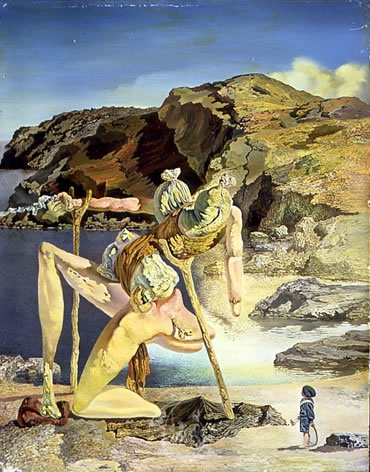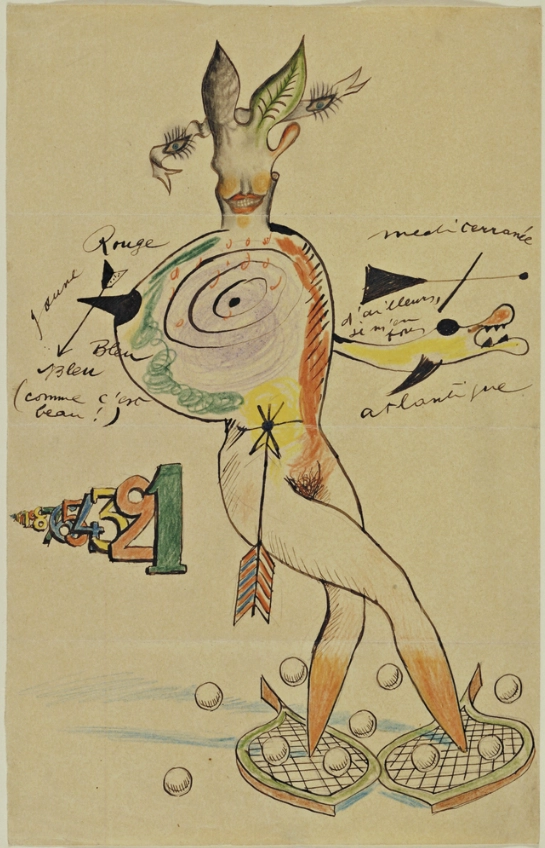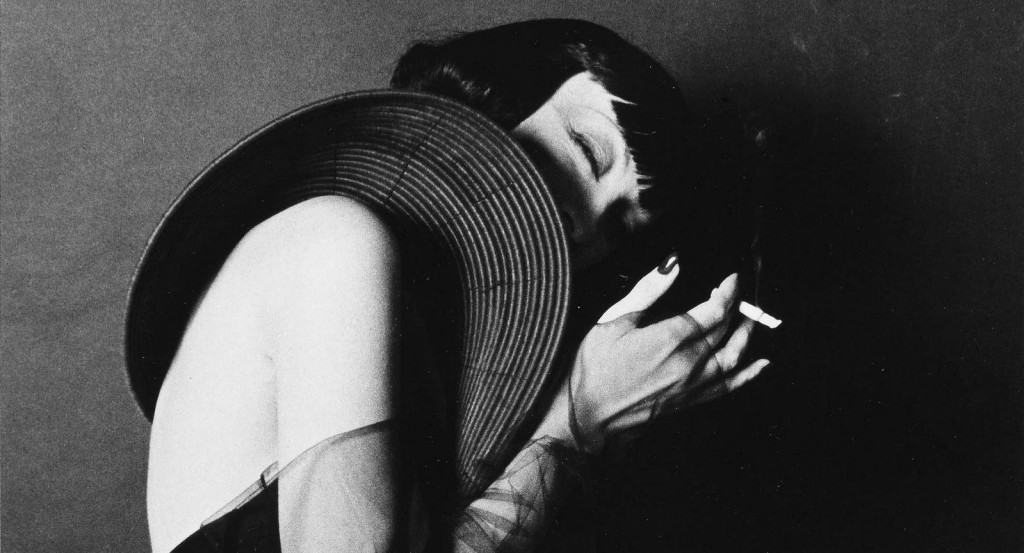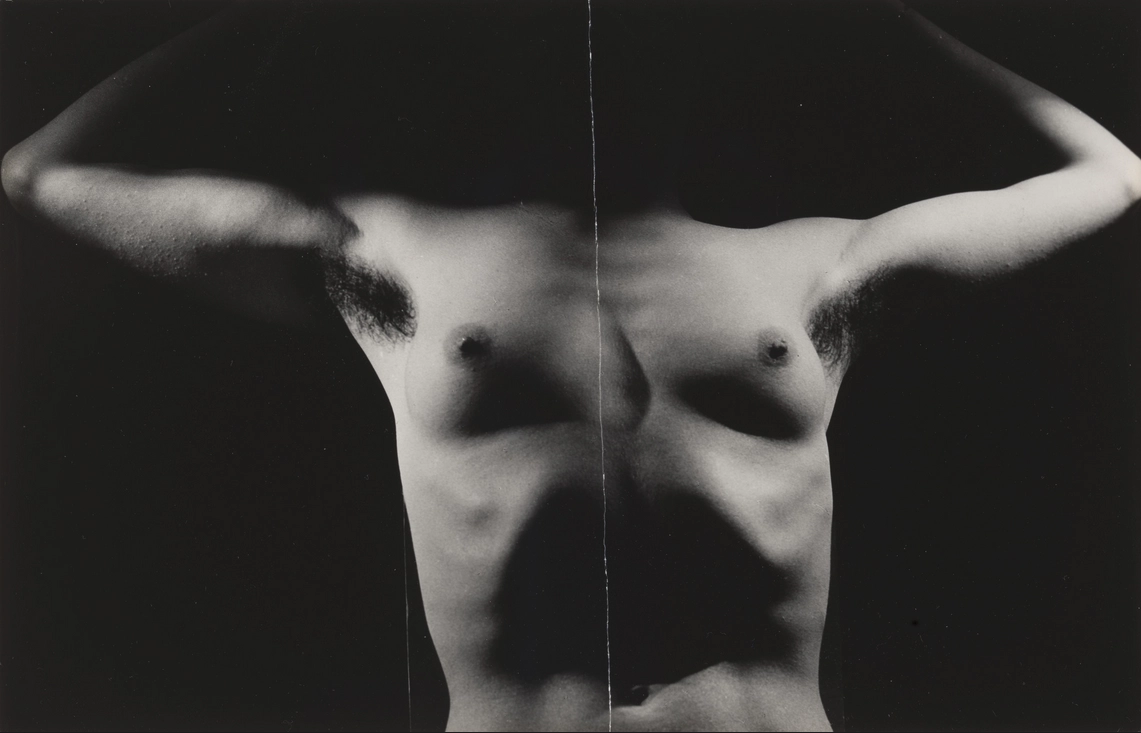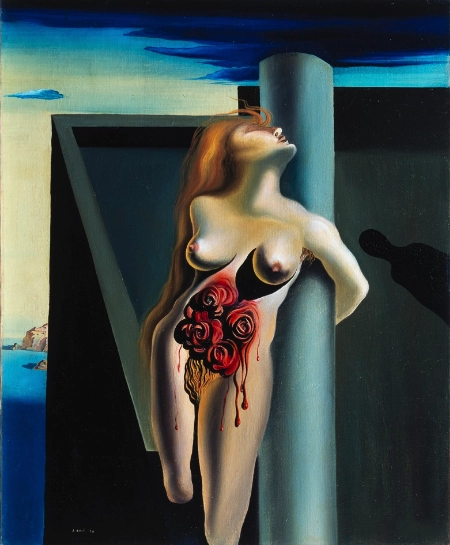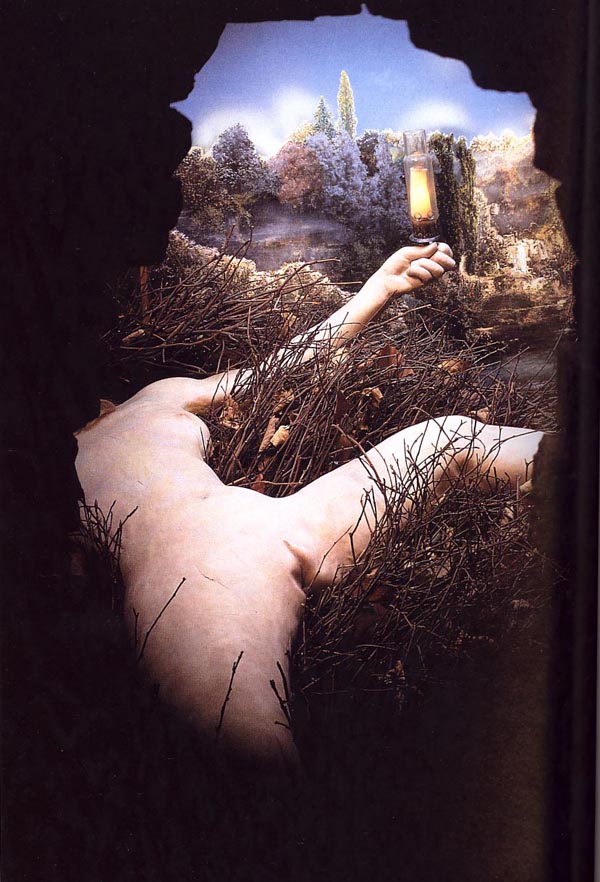We lost one of our greatest American artists last week, David Lynch. He was always a huge favorite of mine and I wanted to write a different kind of tribute to him, one that is personal for me and my audience. IMAGINE A STRINGBOARD, IF YOU WILL: Lynch was deeply influenced by surrealism, and the themes that underpin that movement. He was also obsessed with the infamous Black Dahlia murder, which shows up in his most notable characters from Twin Peaks, Lost Highway, and Mulholland Drive. And by some kind of mystical, murderous handshake, surrealism and the murder may be literally connected. My name is Charlie Day, and this is my thesis!
None of these are my original theories – people have written whole books about this shit. I thought I’d give you a jumping off point to start thinking about it. I was inspired after I listened to the Last Podcast on the Left talk about it a few weeks ago.
The Murder
If you’ve never heard of the Black Dahlia murder, like you somehow found my page with no knowledge of the one of the most infamous, gruesome, unsolved crimes in California history, then I love this journey for you. Elizabeth Short, an aspiring actress and party girl, was murdered in Los Angeles in 1947. The killer cut her body in half, drained it of blood, cut geometric chunks out of her body, and carved a hideous smile on her face. They left her lying in a field in a residential neighborhood. You can look up crime scene photos, but let me warn you that you cannot unsee this shit. It is impossible to look at these images without feeling the most unsettling, horrid type of dread.
The case was never solved, and much like Jack the Ripper, it spawned a cottage industry of Dahlia-ologists with theories ranging from patently absurd to haunting and prescient. Cops, gangsters, artists, celebrities, and the various low lifes in their orbit have been put up as the killer. The FBI even has a page about her! We are going to focus on one of the most famous suspects – Dr. George Hodel.
George Hodel was a wealthy doctor and art collector living in Los Angeles in the 1940’s. He lived in a crazy mansion designed by Frank Lloyd Wright’s son to look like a Mayan temple, and hosted wild parties there. He was well connected and ran in celebrity and artist circles, supporting famous artists like Man Ray, Henry Miller, Kenneth Rexroth, Marcel Duchamp, and Max Ernst. He hung out with John Huston and Vincent Price. He was probably providing illegal abortions and employing sex workers, and he was accused and prosecuted for raping his daughter. There is a great podcast about Hodel called Root of Evil, and his own son wrote several books advancing his father as the murderer.
Surrealism
This is not an art history newsletter and I barely know what I’m talking about here so I’ll try to keep this part straightforward. Surrealism is an artistic and intellectual movement that emerged in Paris in the 1920’s. It is characterized by irrationality and dream-like qualities. You’re probably familiar with its most famous artist, Salvador Dali, who painted wild dreamscapes with things like melting clocks. Surrealism is full of violence and eroticism, and it was influenced by Freud and the study of the subconscious.
Many prominent European surrealists fled Europe during World War II, ending up in New York and later Los Angeles. The war made their work darker and more violent, at the same time that American culture commodified it and made it more popular and accessible to the masses. By the time of Short’s murder, surrealism had been on the cover of Time Magazine and big name collectors in Los Angeles were showing the work. That is to say, it was in the ether.
The Spectre of Sex-Appeal, Salvador Dalí, c. 1934
Cadavre Exquis, Yves Tanguy, Joan Miró, Max Morise, Man Ray. Nude. 1926–27
The Exquisite Corpse
Some important surrealists, and their backers, lived and partied in LA at the time of the murder. That’s where the theory of the book Exquisite Corpse: Surrealism and the Black Dahlia Murder, comes from. The authors argue that surrealism may have influenced the murder of Elizabeth Short, based on the mutilation and positioning of the body. They base their theory on a reading of Steve Hodel’s book, The Black Dahlia Avenger, which accuses his father, George Hodel, of the murder. This is a really cool book, it’s out of print but you can borrow it at the Internet Archive!
George Hodel was connected to many famous surrealist artists, most closely with Man Ray. Man Ray was an American born photographer and visual artist that was deeply involved with the Surrealist movement in Paris. His work is preoccupied with sex and death. Man Ray, along with the writers Henry Miller, and Kenneth Rexroth, was into the weird, death obsessed sadism of the Marquis de Sade. Real edgelord stuff, you guys! And when you put Freud into the mix, shit gets even weirder.
“My works were designed to amuse, annoy, bewilder, mystify and inspire reflection.” Kiki de Montparnasse, Man Ray, 1920
Hodel and his surrealist friends liked to play a game that was popular with other hipster aesthetes of the day, Exquisite Corpse. In this game, participants would fold a paper three ways and each would draw ⅓ of body – or a corpse, I guess. Kind of like a deranged Fashion Plates. The game was said to produce a kind of delirium that the players got addicted to. Hodel’s son thinks that the murder of Elizabeth Short is a product of this uncanny, violent eroticism – that the murder and staging of Short was the ultimate play.
Nelson’s book doesn’t go this far, but he and Bayliss draw some fascinating connections between the crime scene and surrealist art. First, the body was bisected (cut in half). Segmented female bodies are a popular trope of surrealist art, you can see this in many of Dali’s works. Her arms were posed over her head at right angles, which is reminiscent of a Man Ray photo called The Minotaur. Surrealists were very invested in the ancient myth of the Minotaur, aligning the maze with the subconscious. Minotaurs appear in many other works, including Dali and Picasso, and a prominent Surrealist publication was called The Minotaur. Nelson and Bayliss explain the minotaur itself as a mascot for the alter ego of civilized man, which is deeply ironic in light of its cast in a murder scene.
Minotaur, Man Ray, 1933
The Seven Lively Arts. Art of Radio., Salvador Dalí, 1944
The Bleeding Roses, Salvador Dalí, 1930
Surrealists rarely depicted women as whole creatures – if they were not segmented, they were missing reproductive organs or featured geometric cutouts. Short’s body was mutilated in similar ways. Short was completely drained of blood, giving her a pale, statue-like appearance. Surrealists were interested in dolls and mannequins and portrayed them frequently in their work, something pointed out by Nelson and Bayliss. Twenty years after the murder, Surrealist artist Marcel Duchamp’s magnum opus “Etant Donnes” made homage to the murder. In the painting, a pale headless woman lies spread eagle in the grass, a strange gash where her vulva should be, holding a gaslamp. To see the painting, viewers must approach a heavy wooden door and peer through a peephole. It’s an uncanny, voyeuristic comment.
David Lynch
WE ARE FINALLY AT THE CENTER OF THE STRINGBOARD. Congratulations for making it this far, friends. David Lynch was obsessed with the Black Dahlia murder AND he is basically the granddaddy of popular surrealism in film! The best way to get into this is to tell a story from Lynch’s book, where he talks about meeting John St. John, one of the original detectives from the Black Dahlia case.
So I’m sitting in a booth at Musso & Frank’s with John St. John and we have dinner, and after dinner he looks at me and sort of smiles. Then he turns away and goes to his briefcase, pops it open, and takes out a beautiful, glossy black-and-white photo that he lays on the table in front of me. It’s a picture of the Black Dahlia lying in the grass, and it’s in mint condition. The focus and the details were perfect. He says, “What do you see?” I’m looking at this thing, just marveling, and I study every single details and I’m thinking and thinking. He let me look at it for a long time, and I knew there was something he wanted me to see, but after a while I finally had to say to him, “I don’t see it,” and he smiled and took the photo away. He would’ve been proud of me if I’d seen what he was trying to show me, and that would’ve been worth a lot, and I fuckin’ failed. So I kept thinking of this thing like a burning anvil in my head, then suddenly I knew what it was. That picture was taken at night with a flash, and that opens up a whole realm of possibilities regarding that case.
Étant donnés, Marcel Duchamp. 1966
Possibilities, including famous surrealist photographer Man Ray, presumably. I love this story of Lynch’s because it has the hallmarks of an urban legend. It sounds like lore; it sounds like something you’d read on a Reddit board about the murder. As far as I can tell, no one has found this photograph, and St. John is dead.
Given that we know Lynch was fixated on this murder, we can see glimmers of it in his work. He told Filmmaker Magazine that Patricia Arquette’s character in Lost Highway was informed by Elizabeth Short, and unconsciously styled after her. In that movie, her character is brutally murdered and mutilated, though we never see the scene clearly.
In Mulholland Drive, we witness the hallucinatory double lives of two women, both of whom die violently. They are actresses trying to make it in Hollywood, and they are chewed up and spit out by the scene, and by each other. I think you can make an argument that in Twin Peaks, Laura Palmer’s character is a take on Short – an outwardly good girl who is actually into drugs and sex work and gets mixed up with the wrong people. There are theories that Elizabeth Short was murdered because she knew too much about the wrong guys, and that the brutality sent a message. A body in a plastic bag staged on a beach in a small town could do the same thing.
Lynch’s work is surrealist – but it’s also GOTHIC. It’s about the seedy underbelly of American life, hidden desires, dreams, and psychic violence. As Charles L. Crow describes California Gothic, it’s “the dark side of the dream.” It’s a sunny field in a tidy neighborhood of post-war bungalows and palm trees punctuated by a hideously mutilated corpse that resembles a trendy art piece. Of course Lynch was obsessed with the Black Dahlia murder!
Now let’s go get high and watch Inland Empire. Just kidding – that would be a fucking nightmare. Maybe have some coffee instead.
Xoxo,
Court


